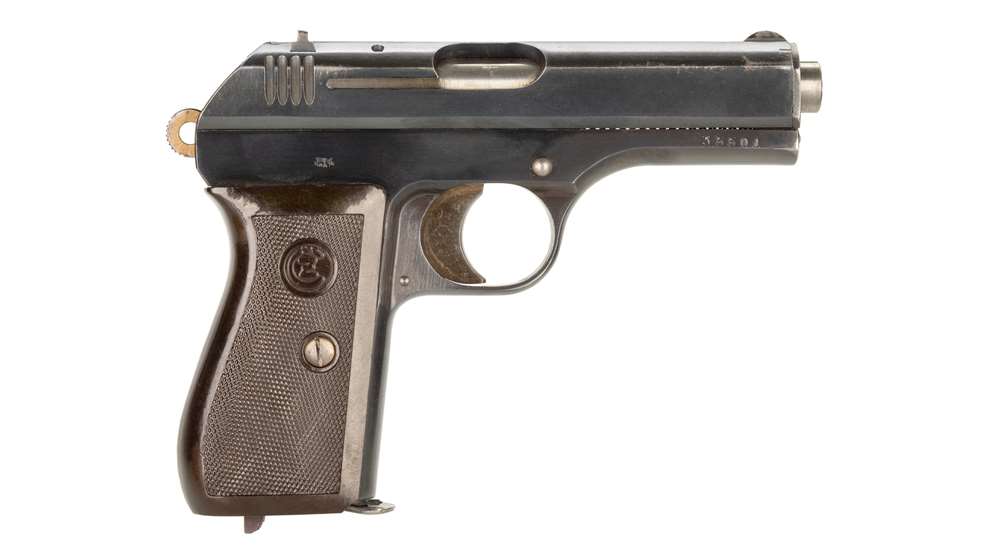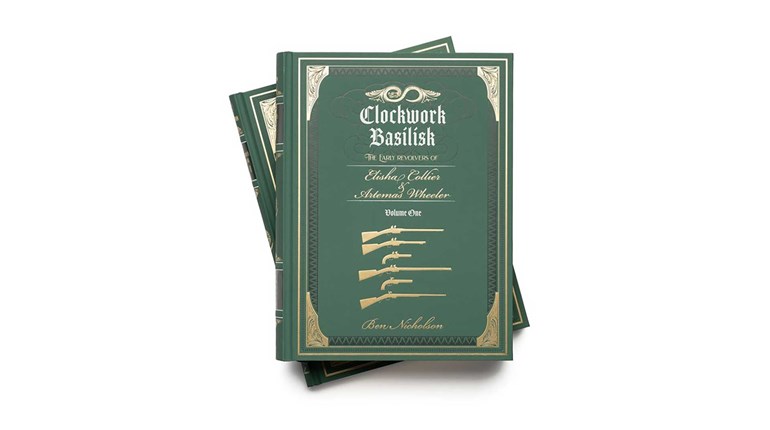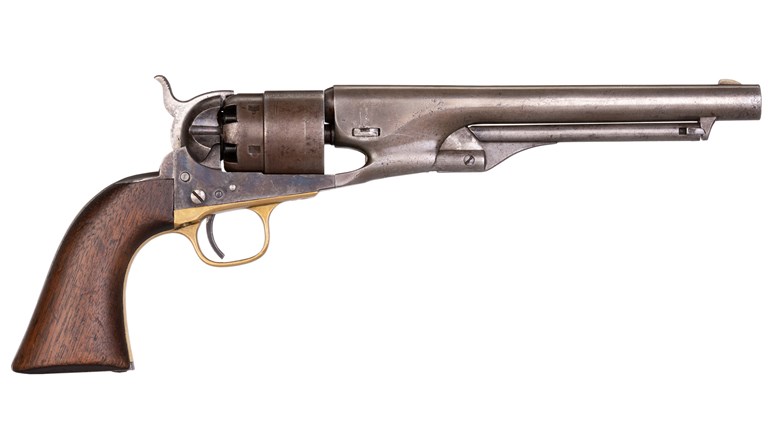
Czechoslovakia. For most Americans it’s not the first name that springs to mind when you are talking about European firearm development. England, Germany, Austria and, most importantly, Belgium, all take some precedence when us Yanks think about guns from “across the pond.” However, that common misperception should soon change, after all, Česká Zbrojovka, or as it is commonly abbreviated, CZ, has owned Colt since 2021. Perhaps, since the company now owns and operates one of our most venerable firearm-manufacturing concerns, we might start to try and learn a bit about one of the most successful and innovative gunmakers in the world.
Arms manufacturing in Bohemia (the northern section of what is now part of the Czech Republic) was strong since the 1500s, with fine military and sporting arms a hallmark of the region for centuries. Farther south in Moravia, Plzeň (Pilsen) was the home to the Skoda Works since 1859, producing heavy arms and artillery that rivaled only the Krupp Works in Germany.
Into this heavily competitive world of firearm design and manufacture, an engineer named Josef Nickl began work at the Mauser factory in Oberndorf, Germany, in 1904. In 1910, he designed the Model 1910, the first semi-automatic pistol for Mauser since the C96 (Broomhandle). This small pocket pistol in .25 ACP was redesigned by Nickl into a .32 ACP, which became the Mauser Model of 1914. Nearly 300,000 Model 1914 Mausers were manufactured before the Armistice in 1918. (This gun evolved into the Model 1914/1934 Mauser and was produced until the end of World War II, with almost 1 million manufactured.)

The end of the World War I brought about the independent nation of Czechoslovakia, combining Bohemia, Moravia and Slovakia into one autonomous country and flag. The new country desired a central arms manufacturing facility, and in 1922 Česká Zbrojovka, or Czech Armory, was established. The new factory began in earnest with a modification of Nickl’s Mauser 1914 in .380 caliber known as the vz 22. VZ translates as vizor or model. This was in turn streamlined into the vz 24, a .380-caliber offering by Czech arms designer Frantiček Myška.
Sadly, the language barrier between English and Czech is such that I have had a great deal of difficulty in finding much information about Frantiček Myška, who was quite the prolific arms designer. He was instrumental in creating not only the vz 24, but also a submachine gun made just prior to the occupation of Czechoslovakia by Nazi Germany in 1938. One account described a casual conversation between Myška and a chief engineer who asked him if the vz 24 could be streamlined to accept the less powerful .32 ACP (7.65 mm) cartridge. Myška was able to reconfigure the gun to use locked-barrel, straight-blowback operation, and the new pistol was christened the vz 27.
Arms manufacturing in Bohemia (the northern section of what is now part of the Czech Republic) was strong since the 1500s, with fine military and sporting arms a hallmark of the region for centuries.
This pistol was manufactured for civilian and police use prior to the annexation of the Czech Sudetenland in October of 1938 by Germany. In March of 1939 the rest of the country was invaded by the Nazis, and the CZ factory was occupied for the duration of World War II. It is thought that the vz 27 was produced in numbers approaching 15,000 prior to the occupation and nearly 450,000 were produced under the occupation. The German Army Weapons Agency (Waffenamt) applied the WaA stamp with the number 76 as an acceptance mark on the right side of the pistol’s frame.
The handy little pocket .32 had a fixed-front-blade sight and a fixed-notch-rear assembly. The magazine was a straight eight-round box, and the firearm had a magazine-safety disconnect when the magazine was removed. Early pre-war versions had wooden grips, while the war grips were hard rubber with the familiar CZ logo in a circle impressed into them. The left side of the frame bears the serial number and the inscription “Pistole Modell 27 Kal. 7,65.” The top of the slide bears an engraved “BŐHMISCHE WAFFENFABRIK A.G. IN PRAG” and the serial number. The serial number is marked twice on the frame, once on each side and once on the top of the slide. Magazines are marked “P MOD 27” on the bottom.
The pistols made during the German occupation were issued with a variety of holsters, most marked with the WaA76 stamp as well as the CZ circular logo. “P. Mod. 27” is also stamped on the back of the holsters, which also have a spare magazine.
A variant of the pistol was made in very limited numbers with an extended barrel to accept a suppressor, and a miniscule number are known to have been made as a small-caliber training version chambered for the .22 LR cartridge.
CZ continued to make another 200,000 CZ 27’s until 1950, with total production being around 650,000. Post-war exports of the gun went to 28 different nations, making it one of the most popular pistols produced by CZ of its time.
Today the family of CZ pistols—with the CZ 75 one of the best known models—is significant and steeped in a rich history. Especially given CZ now owns Colt in Hartford, CT.






































